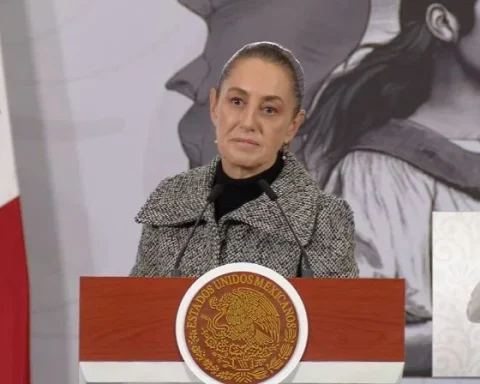The Central Bank of Uruguay (BCU), raised again the capital cushion that banks must have to face possible changes in the cycle. As of July 2024 the countercyclical capital buffer should reach 0.75% of risk-weighted assets. The previous modification made at the beginning of the year had established this requirement at 0.5% of assets as of January 2024.
The “capital cushion” and Basel III
At the beginning of December last year, the BCU published a methodological note for the implementation of the countercyclical capital buffer (CCC) in Uruguay. The document explained that after the 2008 international crisis, one of the factors mentioned as highly destabilizing the economy was the spread of shocks of a financial nature from the banking sector to financial markets and the real economy, amplifying their impact.
The crisis, he added, also revealed the procyclicality of the capital requirement for credit risk, which encouraged the introduction of new macroprudential tools with a countercyclical approach.
He explained that within the framework of the standard for bank capital requirement known as Basel III, a series of elements that would operate countercyclically were introduced, among which the capital buffer stands out.
This capital is required in periods in which there is economic and credit growth, a stage in which risks are generated, to release it in the low phase of the cycle when losses materialize.
The BCU identified the objectives of this capital buffer in Uruguay.
On the one hand, absorb losses from banks in the low phase of the cycle through a capital cushion that is built in the rising phase. For another, help reduce the impact of bank losses on credit in the downturnmitigating its spread to the real sector and its amplification when the impact feeds back into the financial sector itself.
These two objectives are ultimately indistinguishable, since the absorption of losses through the countercyclical buffer is what makes it possible to mitigate the reduction in bank credit.
“With this new rise, a cushion of resources is being built in each banking institution for when the bad years come,” wrote the economist José Licandro on his Twitter account.
Attention!
On June 29, through Com 2023/125, the Superintendency resolved to once again increase the Countercyclical Capital Buffer by 0.25%, which implies that it should reach 0.75% by July 2024.
?— jose licandro (@ licandro1) July 3, 2023
technical analysis
On the other hand, he affirmed that in the US there is a persistent core inflation determined by robust demand, despite the rapid increase in the interest rate of the Federal Reserve’s monetary policy. This “raises the probability of recession” in that country, while lengthening the duration of high rates, he explained. “This implies greater market and credit risks in the financial markets of developed and emerging countries in the medium term. The increase in such risks is amplified in an economy with a partially dollarized credit market,” the report says.
It also shows that the increase in credit, both in dollars and in pesos, has accompanied the recovery of the economy, and in a way that is in step with the evolution of GDP. This increase has reached different segments (consumption, families and housing. “However, there is a significant percentage of companies with debts to the financial sectorwhich in the sample of companies surveyed by the balance sheets published by the Internal Audit of the Nation, is 5%, which maintains financial costs above 50% of the sales margin”, says the report.
Based on this analysis, the BCU maintained that the components included in the methodology “suggest that funds should be required by the CCC, which is why it is set at 0.75%, which results from the sum of 0.25% set in June 2022, 0.25% in December 2022 and 0.25% in June 2023”.
“In the coming semesters, the evolution of economic activity, credit, risks, and especially the international financial context will be considered again. to assess said risks as indicated by the CCC methodology, and according to the analysis, the countercyclical capital requirements for the coming periods will be determined”, it adds.
















